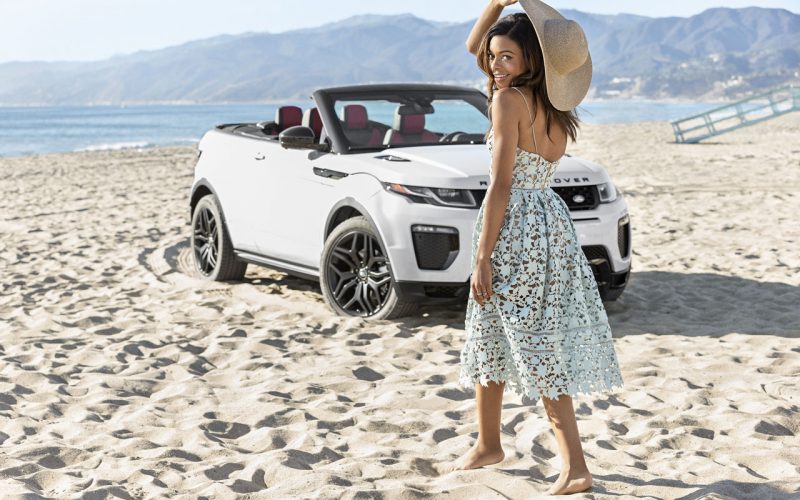
Reading Time: 2 minutesLand Rover and its higher end Range Rover division have been gaining recognition for steadily improving
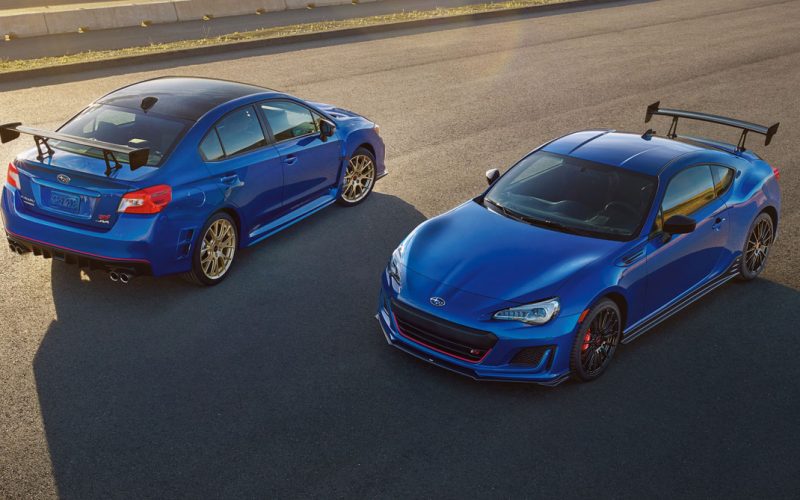
Reading Time: 5 minutesAs if Subaru’s redesigned WRX STI and BRZ weren’t enough on their own, Subaru’s performance division
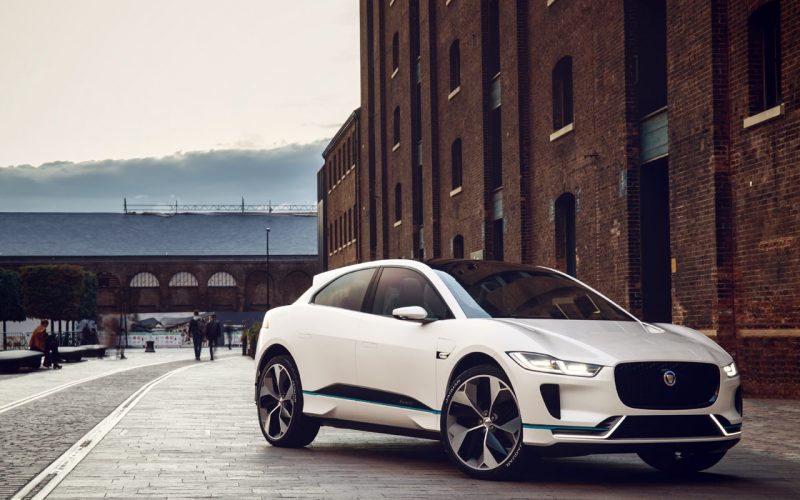
Reading Time: 4 minutesIt’s official: The innovative Jaguar I-Pace electric vehicle will arrive in production trim during the second
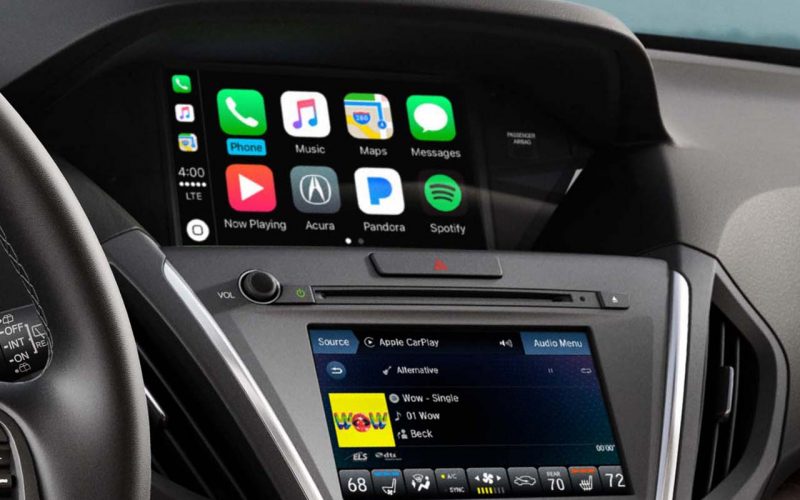
Reading Time: 3 minutesLet’s face it. The majority of today’s consumers hook up to the digital world through an
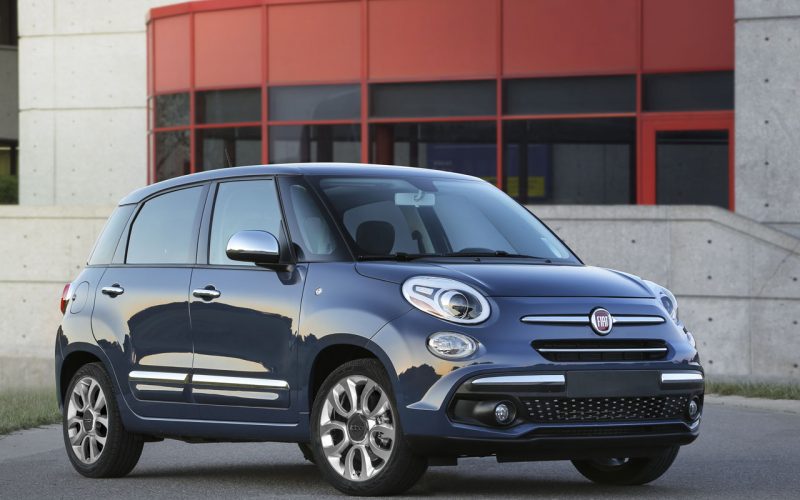
Reading Time: 4 minutesFiat recently announced some updates to two of its most practical models, the most extensive being
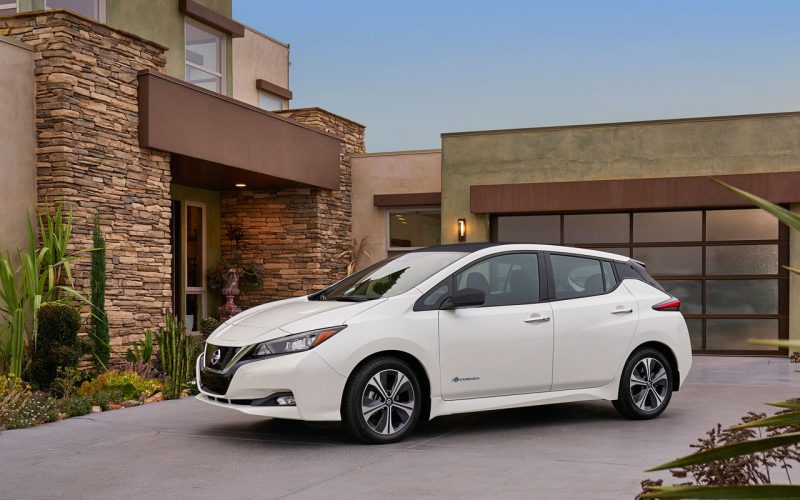
Reading Time: 8 minutesToyota’s Prius may be the world’s most notable hybrid and Tesla’s Model 3 currently hottest on
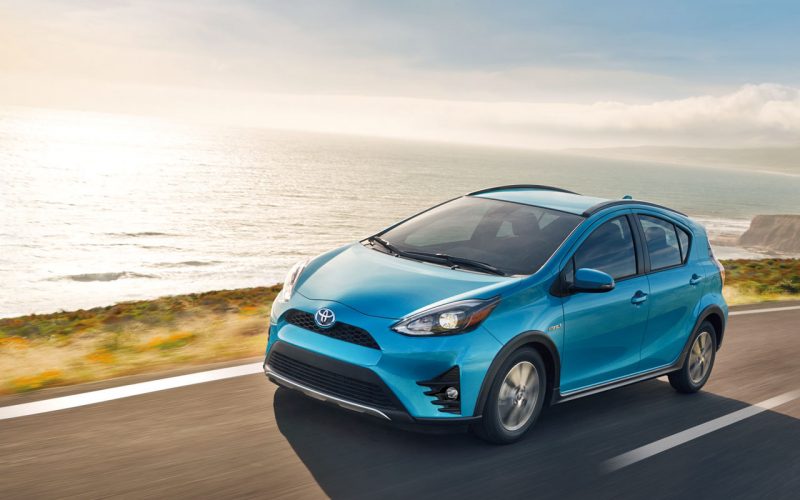
Reading Time: 5 minutesToyota might be falling behind in the Canadian PHEV and EV arena, with its lone Prius
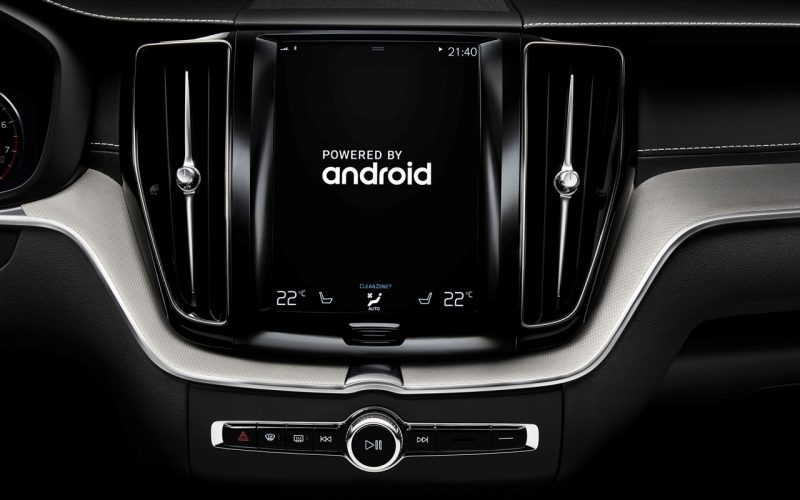
Reading Time: 3 minutesWill tomorrow’s consumers be matching their next car purchase to their smartphones? It’s entirely possible. Some
© 2025 The Car Magazine. All Rights Reserved, Privacy Policy | Terms of Use